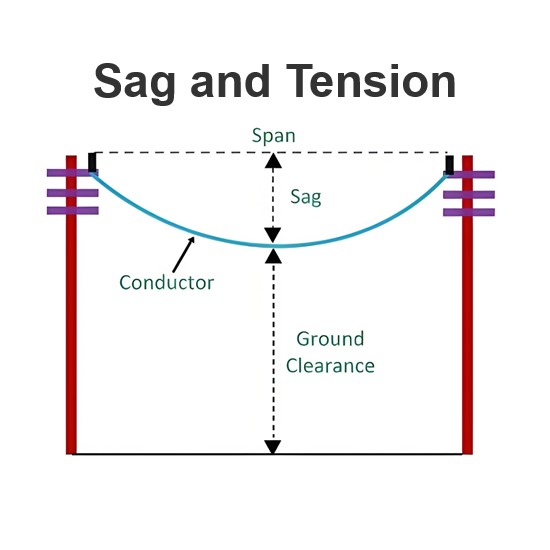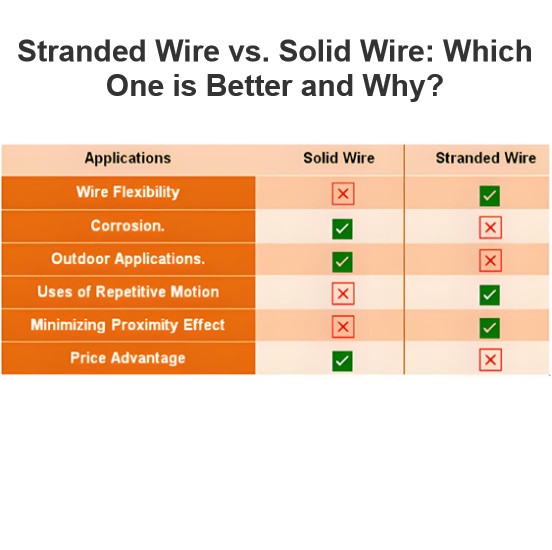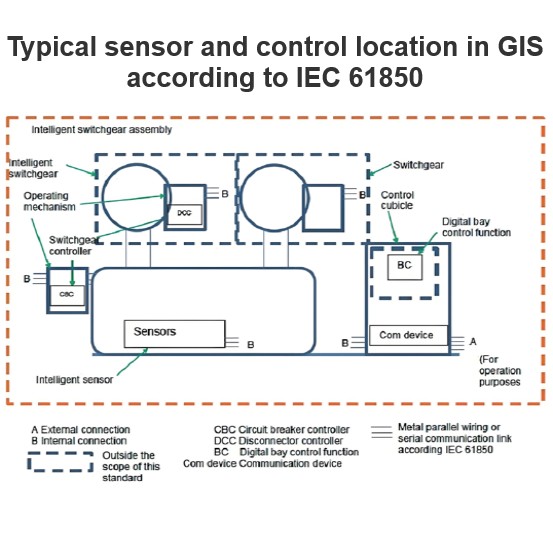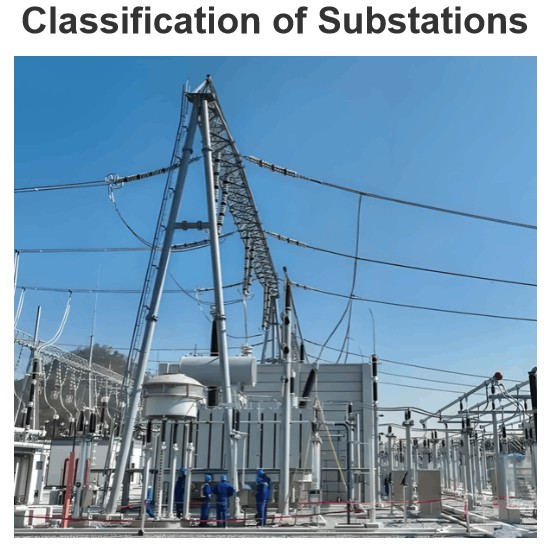Why is Power Transmitted at High Voltage Instead of High Current?
The Rationale Behind High-Voltage, Low-Current Power TransmissionFor long-distance power transmission, sending electrical power at high voltage and low current stands as the most efficient and cost-effective strategy. This approach significantly mitigates resistive losses, reduces the reliance on costly conductors, and enhances the overall performance of the electrical grid. In this article, we will delve into the key reasons why high-voltage transmission is favored over low-voltage or high-current alternatives, supported by in - depth technical and economic analysis.There are multiple practical and economic factors that drive the preference for high-voltage over high-current power transmission. In an electrical system, power (P) is determined by the formula:

1.P is electric power,
2.V is voltage, and
3.I is electric current.
The Superiority of High-Voltage, Low-Current Power TransmissionThe formula P = VI reveals that power is directly proportional to both voltage and current. However, when it comes to long-distance power transmission, employing high voltage and low current is far more advantageous for several compelling reasons:
Reduction of I^2R LossesPower losses in transmission lines follow the I^2R formula, where I is the current and R is the resistance of the line. A high current results in disproportionately large losses, as these losses increase exponentially with the square of the current. As heat dissipates from the conductors, significant amounts of energy are wasted.By increasing the voltage while keeping the power constant, the current can be decreased. For instance, if the voltage is doubled, the current is halved for the same power output. This reduction in current leads to a substantial decrease in I^2R losses, enhancing the overall efficiency of the power transmission system.
Minimization of Voltage DropVoltage drop occurs due to the resistance of the transmission line and is directly related to the current flowing through it. Higher currents cause larger voltage drops, which can degrade the quality of power and reduce the efficiency of transmission.Transmitting power at high voltage helps mitigate this issue. With a lower current, the voltage drop along the line is minimized, ensuring that the power reaching end-users closely matches the generated voltage. This consistency is crucial for maintaining the reliability of electrical systems.
Economical Conductor UsageThe production and installation of conductors (wires) in power transmission systems incur significant costs. Higher currents require conductors with larger cross-sectional areas to handle the increased electrical load. These larger conductors are not only more expensive to manufacture but also demand more material, driving up costs further.
When power is transmitted at high voltage, the reduced current allows for the use of smaller, more cost-effective conductors. Mathematically, when factors such as power (W), transmission line length (L), conductor resistivity ρ, and power loss are held constant, the volume of the conductor is inversely proportional to the square of the voltage VcosΦ. Thus, higher voltage levels enable a significant reduction in the amount of conductor material required, resulting in substantial cost savings.
Improved Transformer Efficiency
Transformers, which are essential for stepping up or stepping down voltage levels, operate more efficiently at higher voltages. High-voltage transmission reduces the frequency of voltage transformations along the transmission path. Fewer transformation steps mean fewer opportunities for energy losses within the transformers themselves, contributing to overall system efficiency.
Adherence to Regulation Standards
National and international regulations often specify limits for voltage drop and minimum power factor requirements in power transmission. High-voltage transmission makes it easier for utilities to comply with these standards. By minimizing voltage drop and optimizing power factor, high-voltage systems ensure consistent power quality and meet regulatory expectations.
It's important to note that while high voltage offers numerous benefits, it must be used within safe limits. Exceeding appropriate voltage levels can lead to increased costs due to the need for enhanced insulation, larger transformers, more robust switchgears, additional lightning arresters, and stronger support structures such as poles and towers. Moreover, higher voltages can elevate the fault level, increasing the likelihood and severity of electrical faults.
The Consequences of High-Current Transmission
If high current were used instead of high voltage for power transmission and distribution, the power system would face a series of challenges:
Increased I^2R LossesAs previously discussed, high currents result in significant I^2R losses. These losses not only waste energy but also require additional power generation to compensate, increasing operational costs and environmental impact.
Larger Voltage Drop
Higher currents cause more pronounced voltage drops along transmission lines. This can lead to inconsistent power quality, equipment malfunction, and reduced system efficiency.
Requirement for Larger Equipment
To handle high currents, electrical equipment such as alternators, transformers, switchgears, and conductors must be rated for larger kVA capacities. These larger devices are more expensive to purchase, install, and maintain, driving up the overall cost of the power system.
Compatibility Issues
Many electrical devices and systems are designed to operate within specific voltage and current ranges. High-current transmission may lead to compatibility issues, requiring costly upgrades or replacements of existing equipment.
Reduced Transmission Efficiency
The combined effects of increased losses, voltage drop, and larger equipment result in a significant decrease in overall transmission efficiency. More energy is wasted, and less power reaches end-users, making the system less economical and sustainable.
Safety Concerns
High currents pose greater safety risks, both to personnel working on the electrical system and to the general public. The increased risk of electrical shock, fires, and equipment failure necessitates additional safety measures, further adding to the cost and complexity of the system.
Limited Transmission Distance
Due to the substantial losses and voltage drop associated with high-current transmission, the practical transmission distance is severely limited. This restricts the ability to deliver power over long distances, making high-current transmission unsuitable for large-scale, interconnected power grids.
In contrast, high-voltage transmission offers a more efficient, cost-effective, and reliable solution for transmitting electrical power over extended distances. It strikes a balance between minimizing losses, reducing costs, and ensuring the consistent delivery of high-quality power, making it the preferred choice for modern power systems.
The Electricity Encyclopedia is dedicated to accelerating the dissemination and application of electricity knowledge and adding impetus to the development and innovation of the electricity industry.













